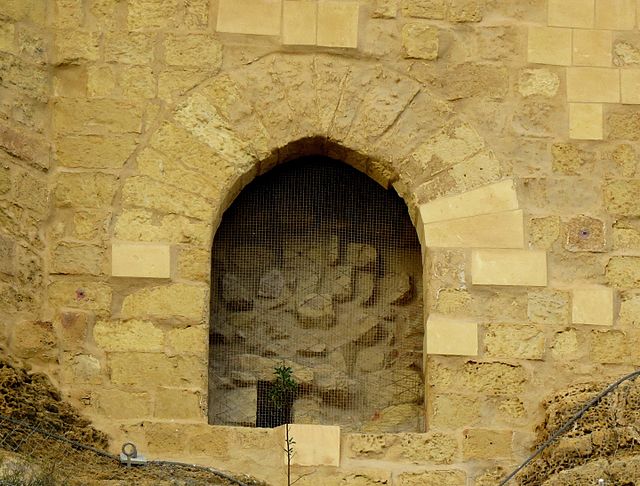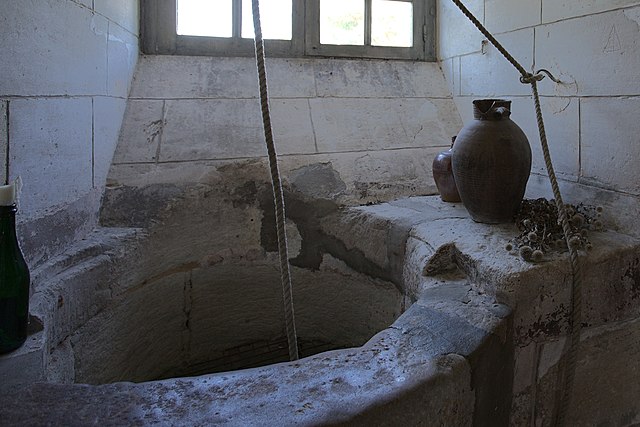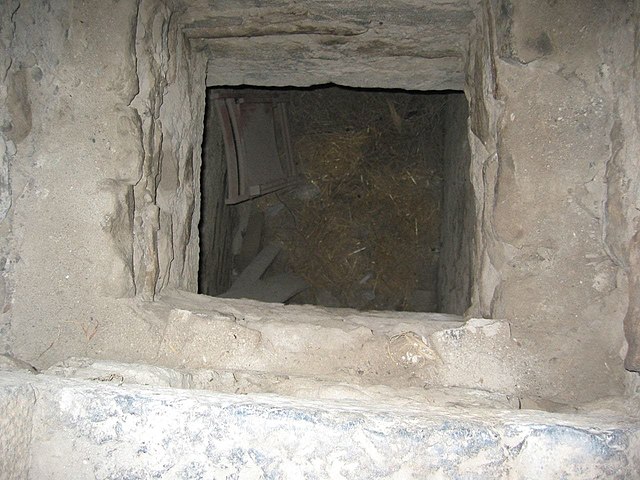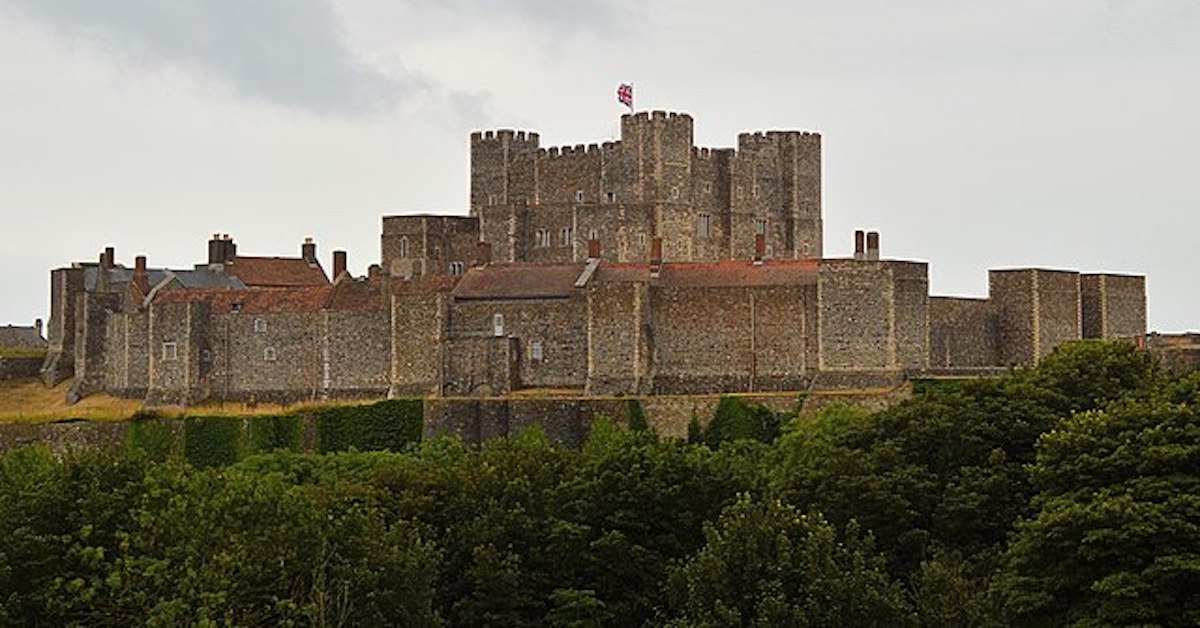Medieval castles are a symbol associated with medieval power and wealth. Their grandeur and impressive architecture have meant those still standing have become major tourist attractions. Here are some facts you can spout if you’re in the mood to one-up your tour guide. Just make sure they don’t get you thrown into the dungeon!
Spiral staircases were part of a castle’s defensive strategy
Spiral staircases are one of the most well-known features of medieval castles. Fairy tales depict them as the way in which princes climb the tower to rescue their princesses, but they actually served a more strategic purpose.

These staircases rise in a clockwise direction, meaning anyone running up them would have their right arms facing the wall. This prevented them from effectively wielding their swords, as the wall stopped them from freely moving their arms. Those defending the castle, therefore, had the advantage, as they would be facing in the opposite direction.
In theory, it’s a good idea, until you take into consideration that left-handed assassins did exist.
You didn’t want to go wading around in the moat
Also known as “douves,” moats are bodies of water that wrap around the exterior of many castles. They prevent anyone from walking up to the front gates, as a drawbridge was typically required to cross. It was a useful barrier against enemy forces, preventing them from tunneling underground — no one wants to drown in a muddy tunnel.

While they would sometimes attempt to wade through the water, it wasn’t the preferred method of invasion because the water often contained human sewage. So not only was it dirty, but it also emitted a rancid smell. This makes the fact that some doubled as fish farms even more disgusting… Urine-infused fish, anyone?
Going to the bathroom was smelly business
Speaking of moats, the sewage in them came from within the castle walls… Or should we say from above them? Medieval castle bathrooms were tiny rooms jutting out of the first floor, often on the cold, breezy northern side (no one said going to the bathroom had to be an enjoyable experience).

Called garderobes, the toilets were pretty simplistic, made from a wooden plank supported by stone, with a hole cut into it. That’s not the weirdest thing. They were called garderobes because they also doubled as a person’s closet! The belief was the odor would deter bugs from damaging exquisite garments… We now know that’s not actually the case.
Look out below
Those charged with defending the castle were always looking to one-up the enemy. That’s where machicolations come in. Originating in the Middle East, their design and use were brought to Europe during the Crusades and became an integral part of a fortress’s design.

While more common on French castles, they were used to attack enemies from above. A covered hole in the floor allowed forces to drop boulders and boiling liquids, primarily water and cooking oil, on anyone trying to invade, while protecting them from retaliation. We don’t know about you, but that’s a pretty ingenious use of oil!
Those rough areas in the wall served a purpose
Those who have visited a medieval castle have likely noticed some of the outer walls feature rough areas of protruding stone and wood. While initially believed to serve decorative purposes or the result of budgetary constraints, they have since been shown to have a more practical purpose: defense.

Known as bossed stones, these protrusions date back to before the ancient Roman Empire. They were incorporated into the overall design of the castle to protect from the impact of catapults, absorbing and distributing the force. This ensured the walls didn’t succumb to damage.
The front gate wasn’t the only way to enter the castle
While everyone’s aware of the main gate of a castle with its drawbridge, there was a more secret entrance: the postern.

Only select individuals within the castle knew of the postern’s existence, to ensure the fortress remained secure. You didn’t want to risk it becoming common knowledge to those with evil intentions. This secrecy meant residents were able to come and go as they pleased, without anyone being the wiser.
A second secret entrance was used during battle
While the postern was used for escaping and entering the castle grounds, there was another secret entrance that served a more defensive purpose. Called the sally port, this was a gated entrance watched over by the castle’s defenses.

The sally port came into its own during enemy sieges against the castle. It allowed those within the castle to get the element of surprise against invading forces. It was a smart idea to avoid this entrance and go about attacking the castle another way.
The cost to build and maintain them was impressive
Castles were initially built for military and government purposes. Around the Renaissance, royals and nobility started to build them as pleasure homes, similar to modern day summer abodes. They became a symbol of wealth, but before they could be built, permission had to be granted by the reigning monarch.
While initially cheap and easy to build, as they were made from earth and wood, the price skyrocketed when it was realized stone and mortar would provide better protection from attacks. The increased cost was due to the price of stone, the mining involved in producing it, transportation, and building crews.

Once the exterior was built, the castle then needed to be decorated and furnished. Given their size, you had to be a good interior designer with a deep purse to afford the materials. Walls were often plastered and painted before being decorated with bright and expensive frescos.
All in all, the process took approximately 10 years. While the initial upfront cost was immense, the maintenance also required a lot of funds. It’s reported the average upkeep was around 40 percent of a king’s yearly salary!
Wells were well-protected
The well of a castle was one of its most important architectural aspects. It was the primary water source for those within the confines of the fortress, so steps were taken to ensure it didn’t dry out or fall victim to the nefarious tactics of enemy forces.

Oftentimes, enemy forces would target a castle’s well to force a surrender. Their favorite method of poisoning was throwing a decomposing body into the water — literally the stuff of nightmares. To prevent this from happening, grates were installed at the top.
The dungeon of no return
Dungeons were commonplace in the basement of castles. The word originates from “donjon,” used to describe the central keep of the castle. Damp and dark, it often housed prisoners, which led to it evolving into the medieval dungeons most are familiar with.

More from us: Life In A Medieval Castle Was Gross. Actually, It Was Grosser Than You Think.
The most fearsome dungeon of them all was the oubliette. It translates to “forgotten” in French, an apt definition, considering it was essentially the medieval version of solitary confinement. Once prisoners were placed in these small, dark rooms, odds are they’d never be released.
